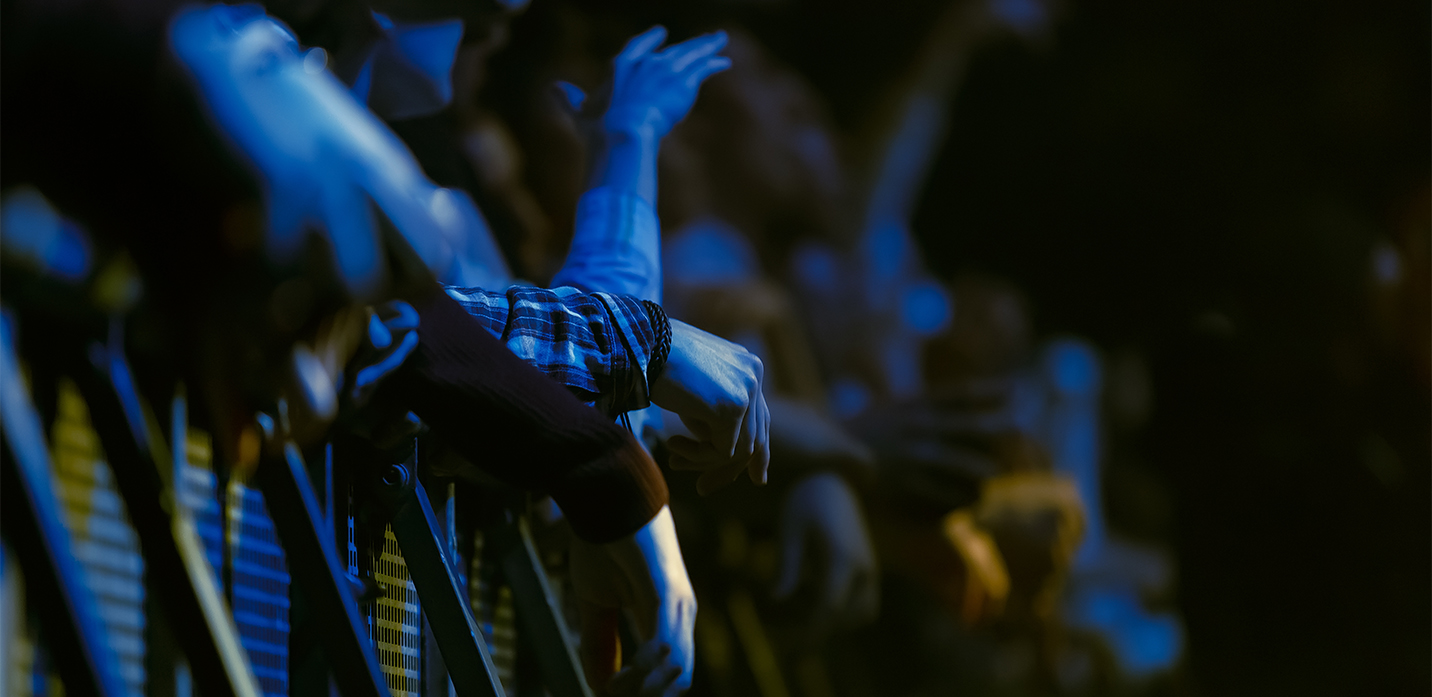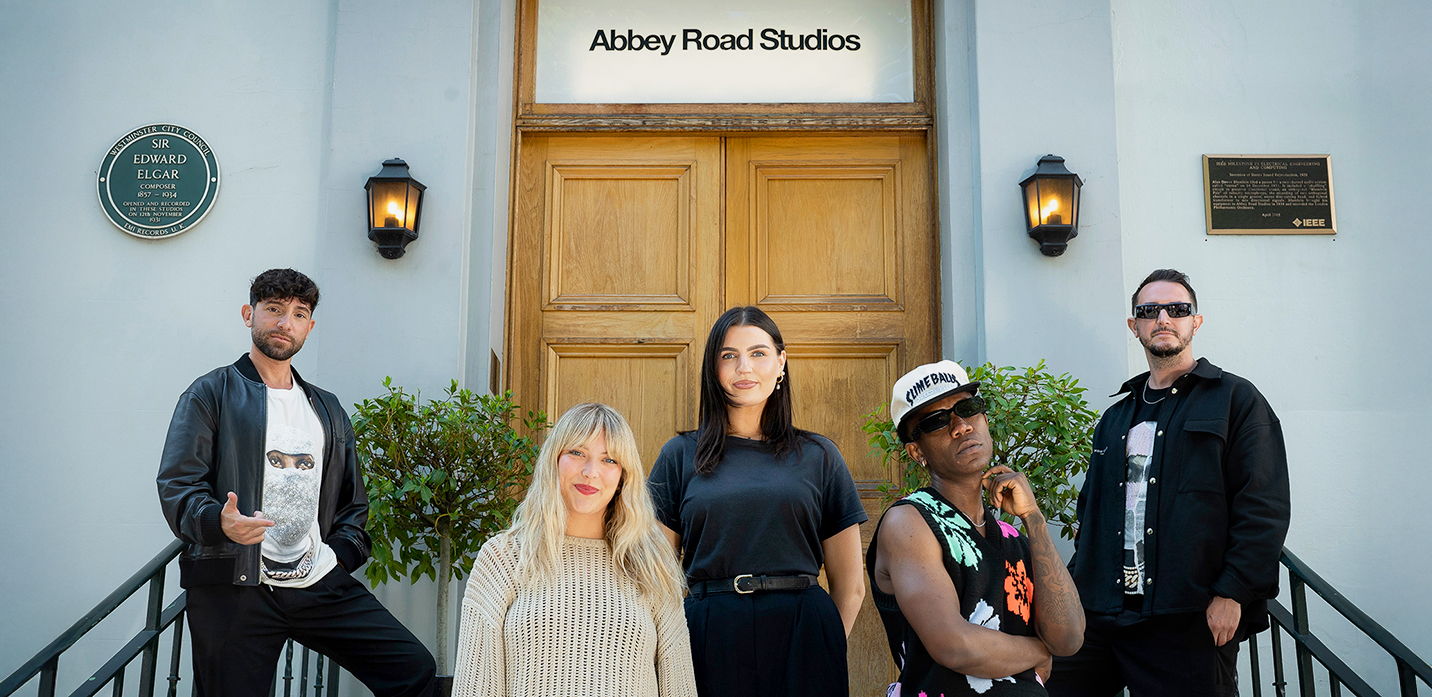Go Niche or Go Home: Hyper-Personalisation in Music Sponsorship
Music partnerships offer many well-known benefits for brands, whether that’s building cultural relevance, forging deeper emotional connections, or creating unique storytelling opportunities. But there is a growing trend in music with a shift toward “weird-core”, niche aesthetics, and hyper-personalisation, which is reshaping how music culture is marketed and consumed. Music fans are embracing the unpolished, surreal, and unexpected whilst cultivating hyper-specific, quirky subcultures. This is extending to fandoms both online and offline, and presents an opportunity for brands to embed themselves into the very fabric of the industry, with an ever-growing focus on intimacy, uniqueness, and identity signalling.

Achieving authenticity through subversion
Instead of following broad genres, fans are aligning with artists whose online presences feel authentic, weird, or intimate. According to a Canvas8 survey, 57% of Gen Z and 70% of Millennials in the US consider themselves to be a ‘superfan’ of at least one brand or musical artist. Audiences are also moving from mainstream platforms to more intimate spaces like Discord and WhatsApp, seeking deeper connections within niche communities. Brands are taking opportunities to leverage these platforms, fostering more authentic relationships that move beyond traditional social media engagement. Diesel’s collaboration with niche broadcaster NTS, NTS X Diesel TRACKS, brings a collection of music experiences and experimental nightlife to fans across the globe. By tapping into NTS’s underground, hospitality-first community, Diesel gained true cultural credibility in the club culture scene.

Play the long game
Brands who are embracing this shift from the mainstream to niche subcultures and communities are focusing on long-term cultural relevance rather than immediate sales. According to Amazon Ads, the average length of music fan engagement is estimated to be 16.6 years, offering opportunities for brands to contribute to the lifelong passions of fans and fandoms alike. Streetwear label Brain Dead renovated an old cinema into a cultural hub for live music, film, and community events called Brain Dead Studios. This multi-year immersion invests in subcultures from the ground up, reinforcing brand identity through co-creation. This hyper-local, values‑based strategy invests in community artistry rather than mass celebrity, and fosters trust and authenticity with fans over the long term.
Bright Partnerships are proud to work with DHL on their DHL FAST-TRACK Sessions programme where, each year, grassroots artists from around the world are selected to spend a week at the iconic Abbey Road Studios in London. Artists receive mentorship from major label artists, record original tracks with top producers and mixing engineers, and film live sessions shared across DHL and media partner social channels, providing them with valuable professional experience and exposure to highly engaged music fans.

Fandom capital as the new A-listers
Instead of investing in A-list celebrities, brands are tapping into cult followings and niche communities where fandom loyalty is deeper and more proactive. According to an Amazon Ads survey, 70% of fans say that their chosen fandom and its wider community are part of their everyday lives, with 64% positing that their fandom is a defining part of their identity.
Platforms like TikTok and Spotify’s algorithms favour content that speaks deeply to someone, not vaguely to everyone. Dr. Martens tapped TikTok breakout indie artist Cariss Auburn in its #TeamUpOnTheTrack UGC campaign, resulting in genuine fan participation, fresh visual content rooted in real indie culture, and organic validation.

Specificity and beyond
After years of over-polished influencer marketing, we’ve reached an era of cultural burnout from homogeneity, with audiences craving things that feel unhinged, genuine, and specific. Brands that try to “fake” weird-core or hyper-personalisation without understanding the culture risk alienating the very communities they’re targeting. According to Amazon Ads, 63% of fans say that brands can get involved with fandoms, so long as they prioritise understanding a fan community’s intricacies and motivations.
As is the case with all marketing trends, there will be a tipping point. As niche aesthetics gain mainstream attention, they risk losing their underground value and being replaced by new trends and mentalities. To find out how your brand can authentically engage with niche music fandoms while the iron is hot, contact Bright Partnerships.
Sources
Canvas8 (various articles)


